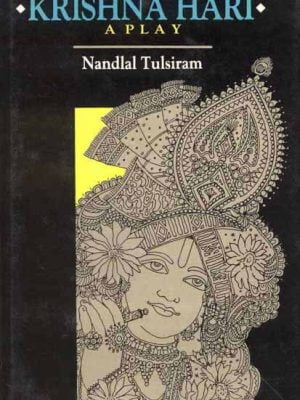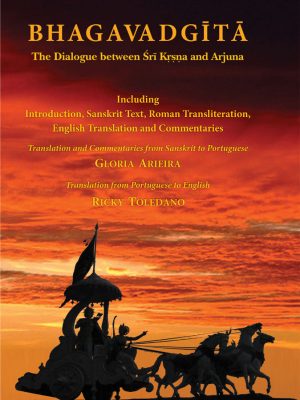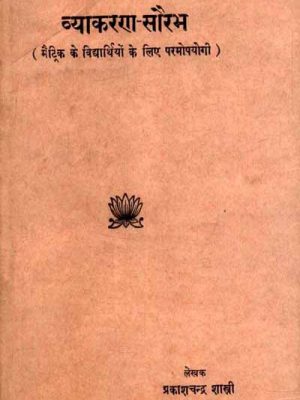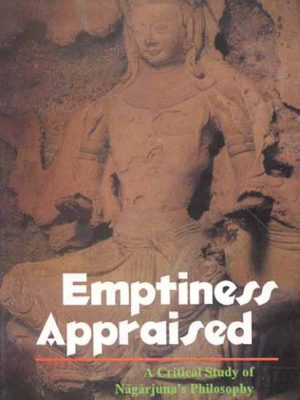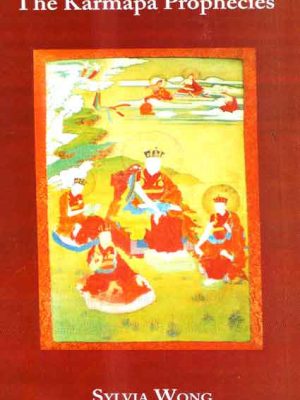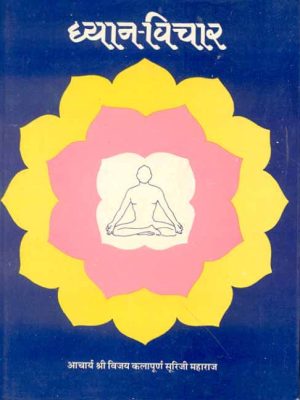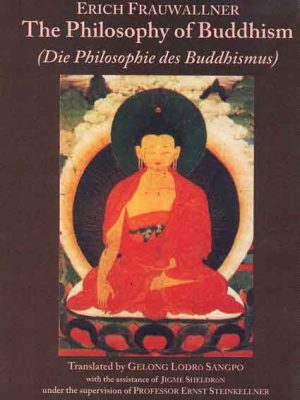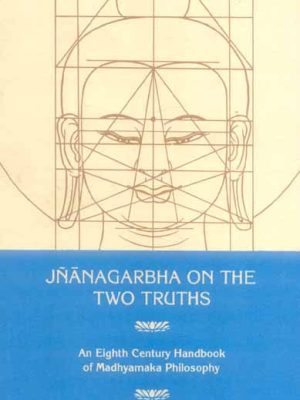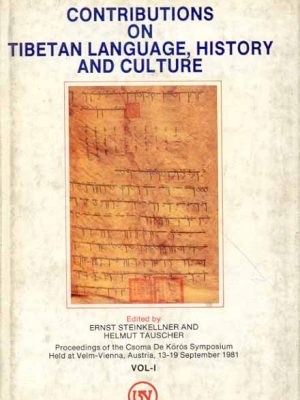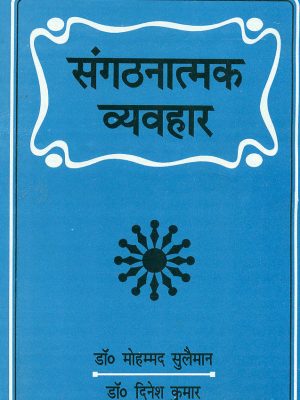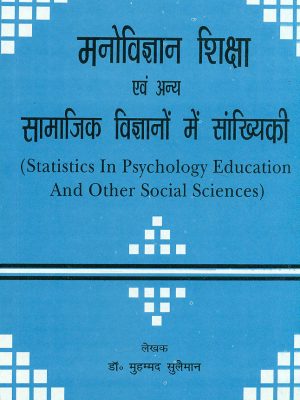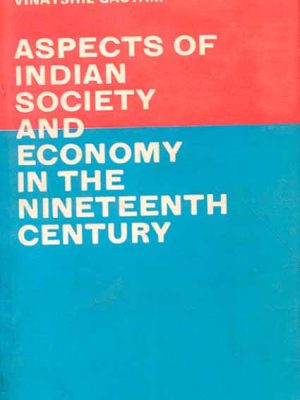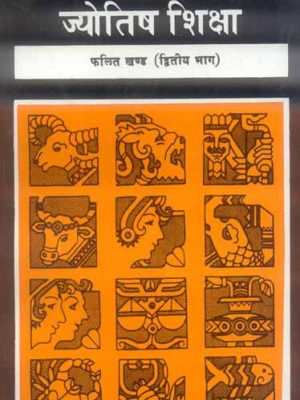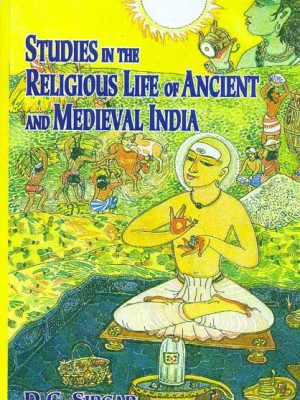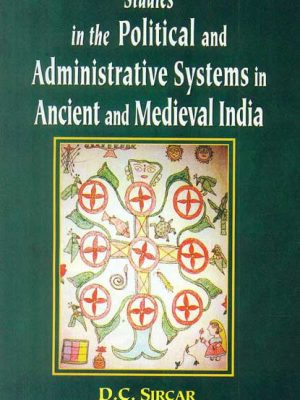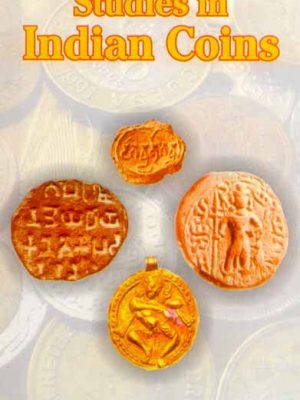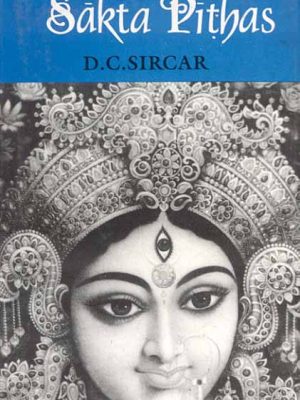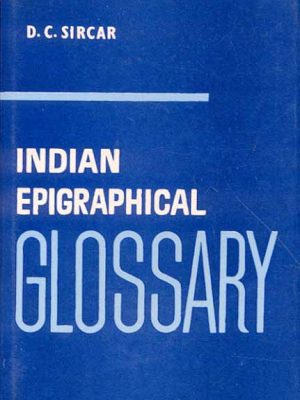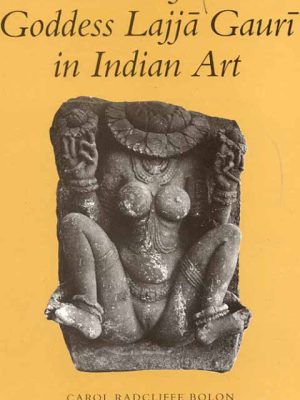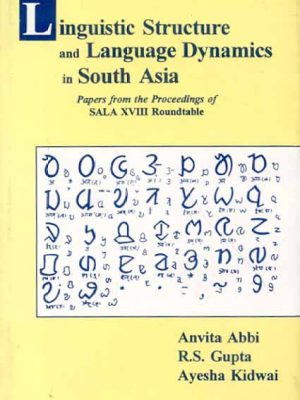Motilal Banarsidass
-
-
Bhagavad Gita: The Dialogue between Sri Krishna and Arjuna: Including Introduction, Sanskrit Text, Roman Transliteration, English Translation and Commentaries
Fraught with feelings of self-doubt and hopelessness, a great warrior collapses in self-defeat, posing questions for his charioteer, just before the immense battle begins on the plain of Kuruksetra. It is as if there was an interruption of the epic story of the Mahabharata, which pauses dramatically for the dialogue between the teacher, Sri Krishna, and his disciple, Arjuna, which is known as the Bhagavad Gita. This dialogue has been handed down as part of the oral Vedic tradition in an unbroken line of knowledge for more than 5000 years. And despite such antiquity, Arjuna’s questions remain just as relevant today, because the human sense of insufficiency and desire for fulfillment are timeless. Fortunately for Arjuna and all of us, the solution is also timeless. Sri Krishna teaches him the knowledge about the ultimate truth of the Self, the essential nature of the human being, covering the topics of dharma (appropriate action to fulfill what must be done) and yoga (to do so unmoved by the results of such action) while keeping a vision of Isvara (the Cause and the Order that is the Universe) to attain moksha, final liberation from the human sense of limitation. With an unwavering dedication to the original Sanskrit and the tradition of Advaita Vedanta, Gloria Arieira unfolds the beauty and clarity of the message that is the Bhagavad Gita the very knowledge of the Self that removed Arjuna’s confusion, allowing him to rise to his feet once again.
Review(s)
About the Author(s)
GLORIA ARIEIRA studied Vedanta, Sanskrit, Vedic chanting, and meditation in India between 1974 and 1978, under the guidance of Swami Dayananda Saraswati, at the Sandipani Sadhanalaya ashram in Mumbai, and in two other ashrams in Rishikesh and Uttarkashi. Her pilgrimage has led her throughout the years to several temples and holy sites around India, including Gomukh, Gangotri, Badrinath ãthe cavern where Vyasa wrote the Mahabharata ãand Jyoshimath, the center for study founded by none other than Sri Sankara himself. For more than 30 years, she has taught Vedanta and Sanskrit regularly at her center for Vedic studies, Vidya Mandir, in Rio de Janeiro, and other institutes throughout her native Brazil in Portugal. She has translated and published many books on Vedanta into Portuguese.
₹500.00 – ₹700.00 -
-
-
-
Studies in the Religious Life of Ancient and Medieval India
Studies in the Religious Life of Ancient and Medieval India
The topics dealt with are of as varied nature as those in his other Studies. The approach of most writers to the problems relating to Indian religions is based on literary sources; but in respect of the majority of topics discussed in the volume with the exception of the first few chapters, Prof. Sircar depends primarily on inscriptions and supplements epigraphic evidence by the testimony of literary and numismatic records wherever necessary. A few of the studies incorporated in the volume exhibit the author’s search for truth spread over a number of years. Thus his investigation relating to the god Purusottama-Jagannatha of Puri began when he noticed the dominions of Ganga Anangabhima III (1211-39 A.D.) described as ‘Purusottama’s empire’ in an inscription, in 1939. In the course of its progress, he found out, in 1946, how Bhanu II (1305-27 A.D.) is represented in his records as a feudatory of the god Purusottama-Jagannatha and, in 1953, how a literary work speaks of the dedication of the Ganga kingdom to the god by king Anangabhima. Finally in 1963, Prof. Sircar traced in a tenth century epigraph of the Satna District, Madhya Pradesh, how the god of Puri attracted pilgrims from distant regions. The chapter on Purusottama-Jagannatha in the volume is thus the result of a study of about quarter of a century.
₹695.00 -
Studies in the Political and Administrative Systems in Ancient and Medieval India
Studies in the Political and Administrative Systems in Ancient and Medieval India
The earlier chapters of the present volume deal with a large number of topics relating to kingship, landlordism (sometimes mistaken as feudalism), tenancy, royal, charter, Pancayat system etc. Some of the following chapters contain discussions on certain royal officers the functions of some of them or their departments a few aspects of the judicial system some land measures and taxes etc. The third group of topics mostly concerns the interpretation of technical expressions found in epigraphical records.
The last section of the work consists of several appendices which are really some of the author’s recently published studies. Of these, one deals with the democratic traditions of ancient Indian and another with the functioning of the guilds, while a third contains a number of popular conceptions about the duties of Kings. The Subject of the last of the appendices is the traders privileges guaranteed by kings, which has been included here as a topic relating to kingship, though it is equally suitable for a study of economic life.
It will be seen that the book contains the learned author’s views on a great variety of matter respecting the political and administrative systems of ancient and medieval India. The treatment of the majority of topics is primarily based on information gathered from innumerable epigraphic records discovered in various parts of India and is characterised by an unusual mastery of details.
₹695.00 -
Studies in Indian Coins
Studies in Indian Coins
The present book is an authoritative and authentic source for the study of Indian coins. It not only describes the coins but also studies them critically in all their aspects. The points which are dealth with here are on numismatic studies in India; Satamana and Sana; Kautilya and Buddhaghosa on coins; silver coins of Vasisthiputra Satakarni; alleged coins of the Mahisa kings; coins of semi-independent rulers; date of Isvaradatta’s coins; Petluripalem hoard; some problems of tribal coins; coins of Kumaragupta I, Harigupta and Ramagupta; coins of Muhammad bin Sam and Prthviraja; coins of Kakatiya Prataparudra I; Gajapati Pagoda, Ganga Fanam and Ramatanka; coins of Bhairavasimha; Maratha mint under the Peshwas; Cowrie-shell, rupee and pice. In describing the features of a particular class of coins from the standpoint of standard, style and fabric or in discussing the significance of the numismatic terms, the author has utilized the literary data which have a bearing on them.
₹895.00Studies in Indian Coins
₹895.00 -
-
Indian Epigraphical Glossary
Indian Epigraphical Glossary
The interested world of scholars is sure to receive with gratitude this
latest work from the erudite pen of Prof. D.C. Sircar who has opened up for
us new vistas in the study of Indian antiquities. Prof. Sircar’s Indian
Epigraphical Glossary, characterised by a wide sweep of vision based on a
meticulous attention to details, is a contribution of the utmost
importance. Here one finds an embarras de richesses in a comprehensive
dictionary of technical expressioins found in documents embracing nearly
2000 years in time and the entire Indian sub-continent in space and written
in a variety of languages. It offers a panorama of Indian political and
cultural life as enshrined in a series of expressions which are precise and
historically important. Many of them remained obscure, and Prof. Sircar,
with his thorough knowledge of the subject in the study of which he has
spent a life-time, has succeeded in most cases in giving quite satisfactory
interpretations. The mass of material in this invaluable publication, which
will continue to be an indispensable work of reference for many years to
come, brings in a volume of lexical material for the compilation of an
exhaustive Dictionary of Sanskrit. The importance of the work, which I
would consider epoch-making in the domain of Indology, has been
considerably enhanced by three remarkable Appendices.
₹1,495.00Indian Epigraphical Glossary
₹1,495.00 -
Forms of the Goddess Lajja Gauri in Indian Art
Forms of the Goddess Lajja Gauri in Indian Art
To convey her majesty, the painters who created Lajja Gauri’s portraits drew on a plethora of traditional symbols of prosperity, fertility, and life-force. Due to the lack of supporting texts, the research begins with the items themselves and works backwards to establish their meaning. To better understand Lajja Gauri’s rich symbolic meaning and cultural background, Carol Bolon traces the evolution of the goddess’s shape over the course of four centuries, including its likely acceptance from tribal worship into Hindu temples
₹995.00
